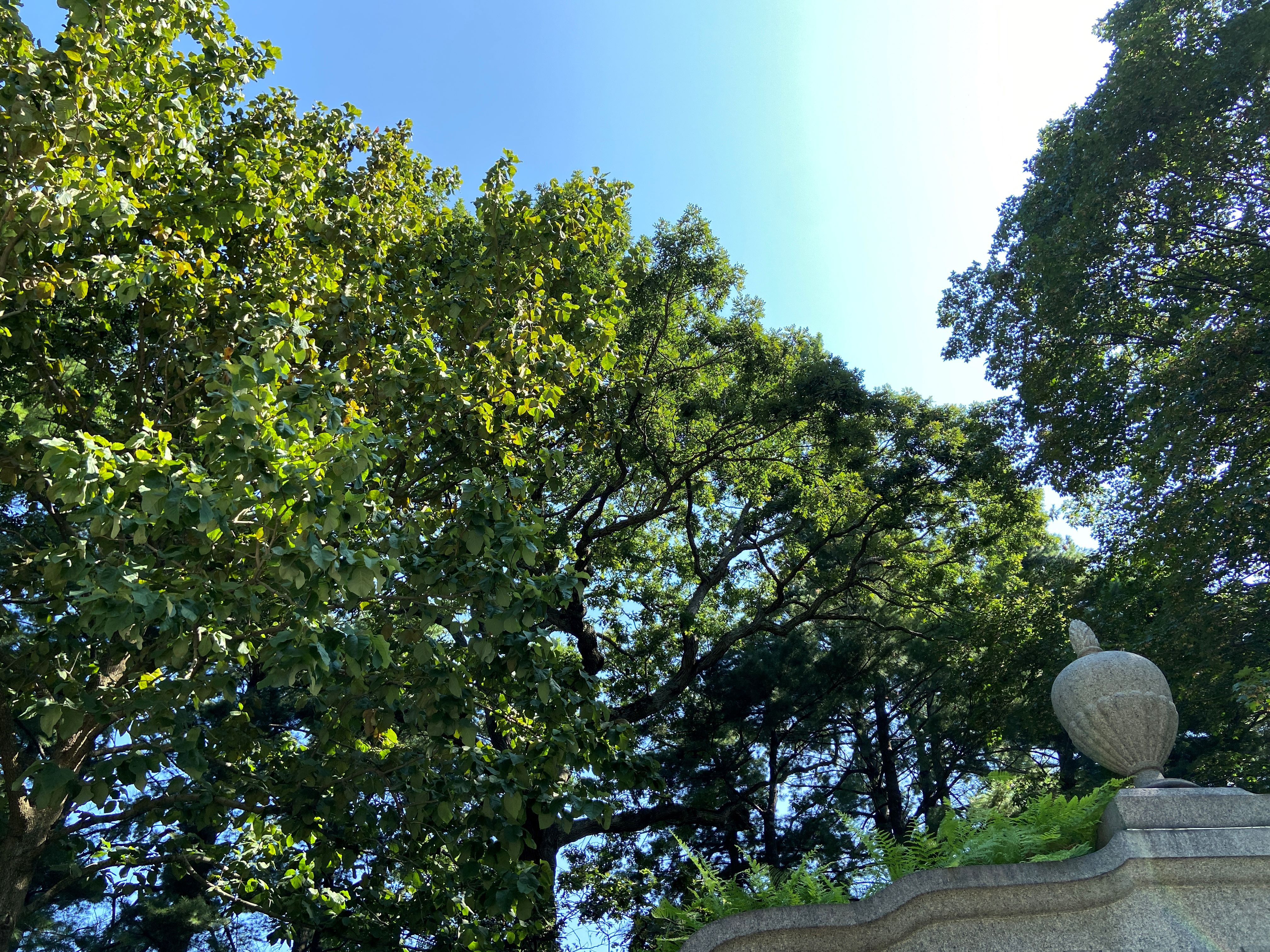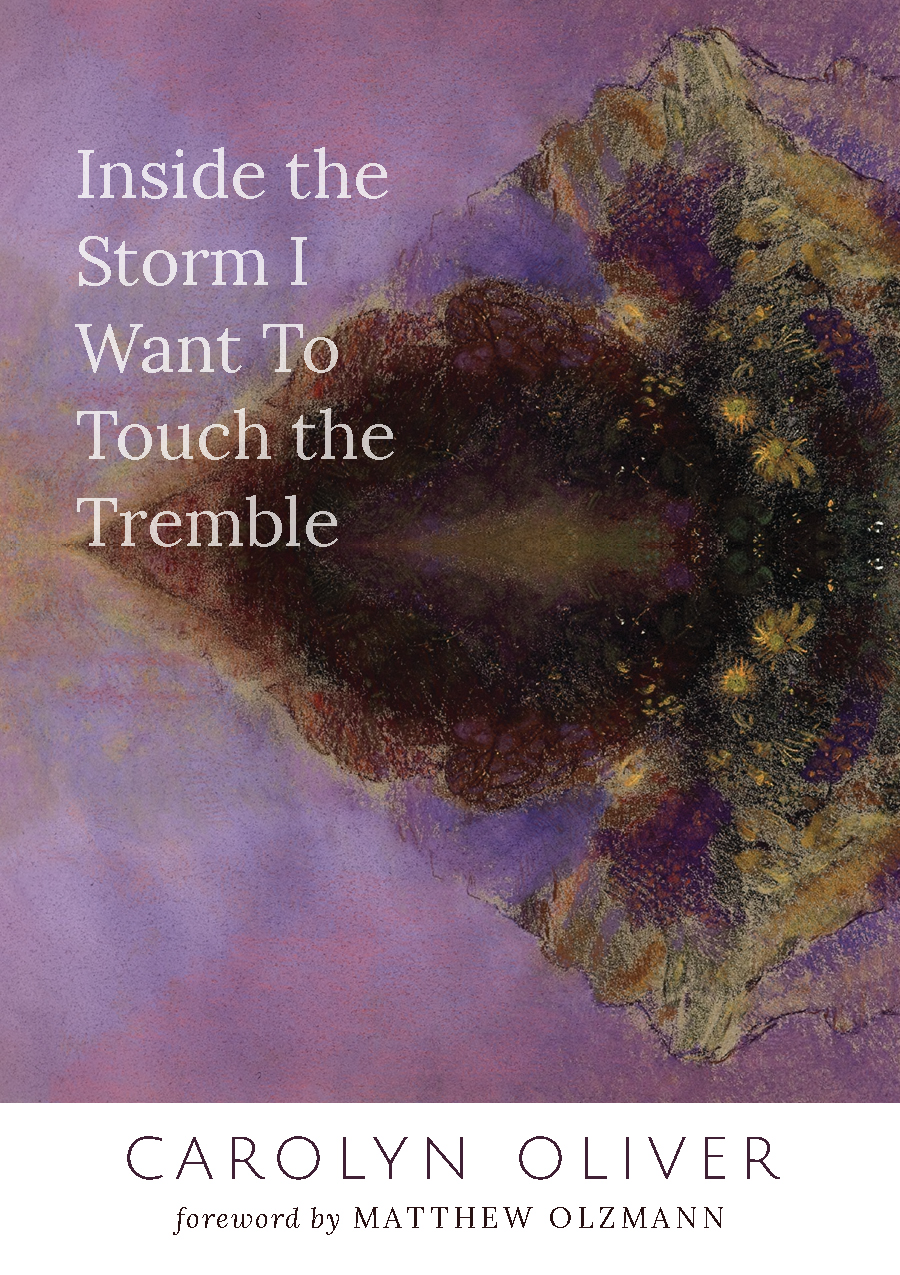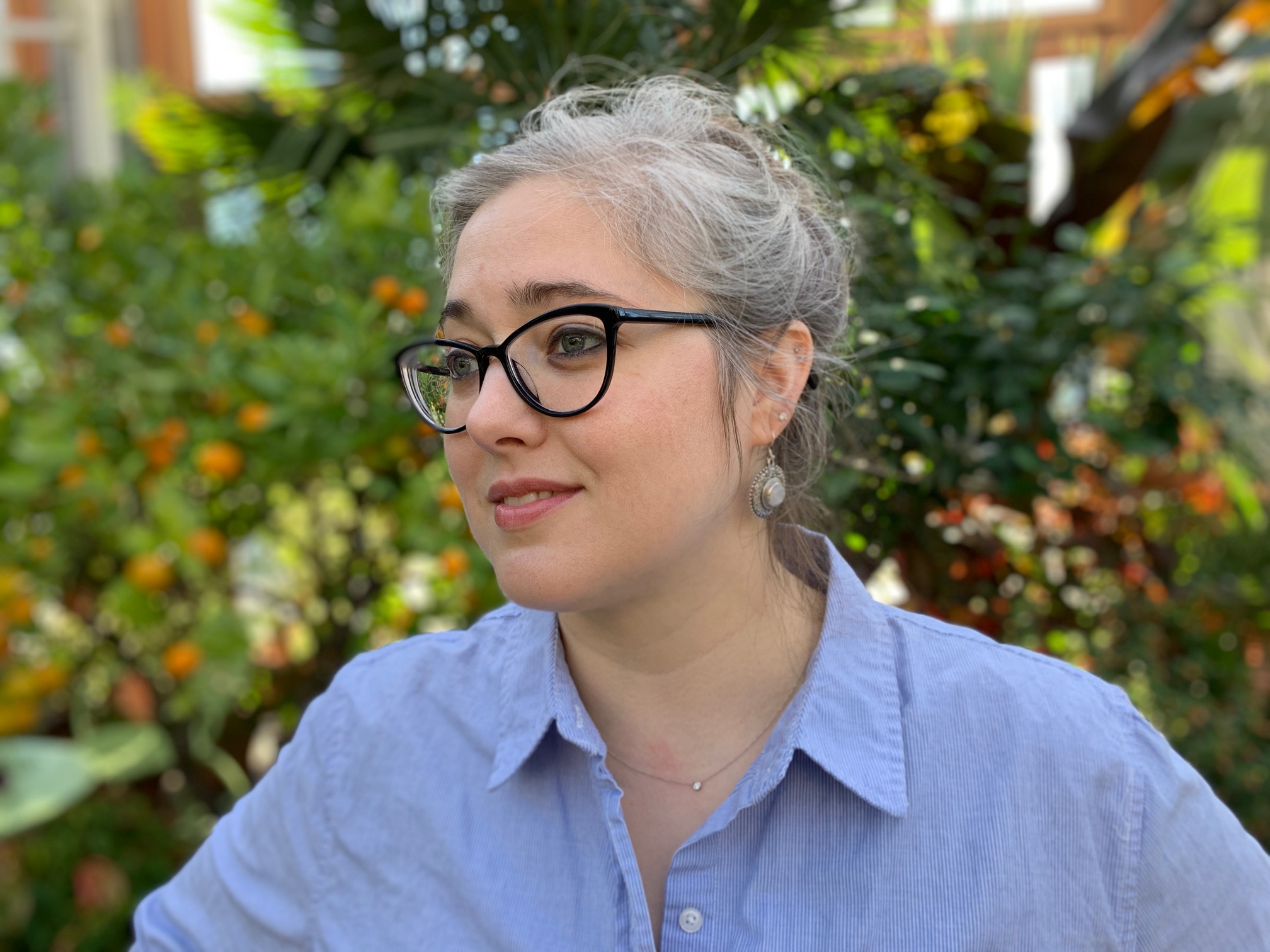On Friendship: A Conversation with Artist-in-Residence Carolyn Oliver
Jessica Bussmann February 1, 2024 Art

In 2023, we welcomed seven Artists-in-Residence to create original works inspired by their experiences at Mount Auburn. Meet poet Carolyn Oliver.
______________________
You write poems, prose, and hybrid forms. How would you describe your work?
My work is animated by restlessness, by curiosity, by cross-pollination. I draw on personal experience, of course, and also what I’m able to glean from the fields that interest me. These fields include ecology, history, art, theology, cosmology, and physics. Some of my work is speculative—imagining possible worlds—and some is grounded in the fear and wonder we experience in our everyday lives.
In the last few years, I’ve worked mainly on poems. Some of these are straightforward—relatively speaking—free verse lyrics or prose poems; others take the shape of received forms, like ghazals, sonnets, glosas; still others are hybrids—dialogues, erasures, shot lists, micro-essays. Sometimes my speaker is a persona of a figure from myth or history; sometimes the speaker is a version of myself, talking with a friend. Each poem begins as an experiment.
What is your creative process like? Do you start with a title, an image, a phrase?
My notebooks—I have three in use at any given time, for various purposes—are peppered with titles waiting for lines, image-phrases waiting for explication. The number of reference photos on my phone is alarming, but I do use them as aide-mémoire—just hardly ever in a timely fashion. I am easily fascinated, easily astonished, quick to note the unexpected phrase, the odd fact, a new flower . . .
However, as I recently told fellow Artist-in-Residence Resa Blatman, I am a moss-slow writer. When there’s so much to write about, it’s difficult to choose where to focus my attention. And then once I commit to a draft, it might take months, and a dozen revisions, two dozen, more—before I’m ready to send it out into the world.
What motivated you to apply to Mount Auburn’s Artist-in-Residence program?
For six years, my family and I lived down the street—literally—from the cemetery, and visited often. (When my son was learning his letters, he practiced with names on the markers.) After the Boston Marathon bombing in April 2013, we were among the residents who were ordered to shelter in place during the search for the suspects. When that terrifying experience ended, Mount Auburn was the first place we wanted to visit. For us it’s been a place of beauty and peace, almost a sanctuary.
By the time I became aware of the Artist-in-Residence program, we’d moved away from Boston, but just close enough that I knew I could visit Mount Auburn regularly. And because the cemetery is itself an interdisciplinary project—a burial ground, garden, arboretum, archive, sculpture park, wildlife habitat—I knew that it would offer multiple avenues of exploration, which perfectly suits my composition process. The opportunity to work on a conceptually unified project presented an enticing challenge, too.
Can you tell us about your residency project and how it has evolved over the past 10 months?
Drawing inspiration from Alice Oswald’s magnificent Dart, I came into the project thinking that I’d write a long polyphonic poem about the cemetery, incorporating material about its history, residents, geography, art, and ecology.
Sure enough, each walk through the grounds provided a nearly overwhelming wealth of material. An embarrassment of riches, really; I realized, after a few visits, that it would take me two or three years—maybe longer—to find the through-line for a single long poem, and so it would be wise to focus on shorter poems, for the time being.
Friendship, to my surprise, is one of the primary subjects that has emerged in these poems.
While the cemetery is certainly an extraordinary setting for solitary reflection, it’s also place that encourages connection and community; I can’t help but want to talk about with everyone I come across.
Over the past ten months, I’ve shared delightful visits with friends who live here in Massachusetts, but there also have been unexpected losses among friends elsewhere. And these losses naturally come to mind when walking among the graves.
So far, I’ve drafted epistolary poems inviting the reader-friend to join me at a particular place or time in the cemetery; elegies (these too, so far, in the form of letters) to friends recently lost and friends in palliative care; praise poems, which attempt to describe the experience of the cemetery in a particular month; and lyric poems that don’t fit neatly into these categories.
Are you working on any other projects right now (chapbooks, collections, etc)?
My second full-length poetry collection, The Alcestis Machine, will be published in October 2024 by Acre Books. The poems in this book roam across time and space, imagining other lives, other pasts and futures.
Other subjects I’ve been exploring over the past couple of years: the vanitas tradition in painting, highway landscapes, time, mothering, and grief.
And I hope that the poems I’ve been writing during this residency at Mount Auburn will become the core of a new project on friendship, elegy, art, and place.
____________________________________
CAROLYN OLIVER is the author of The Alcestis Machine (Acre Books, forthcoming 2024) and Inside the Storm I Want to Touch the Tremble (University of Utah Press, 2022; selected by Matthew Olzmann for the Agha Shahid Ali Prize in Poetry), as well as three chapbooks. Her poems appear in The Massachusetts Review, Copper Nickel, Poetry Daily, Shenandoah, Beloit Poetry Journal, 32 Poems, Southern Indiana Review, At Length, Plume, and elsewhere. Her honors include the Goldstein Prize from Michigan Quarterly Review, the E. E. Cummings Prize from the NEPC, the Frank O’Hara Prize from The Worcester Review, and nominations for the Pushcart Prize in both poetry and fiction. Born in Buffalo and raised in Ohio, Carolyn now lives with her family in Worcester, Massachusetts. Follow @CarolynROliver on Instagram and visit www.carolynoliver.net.




Comments
Comments for this post are closed